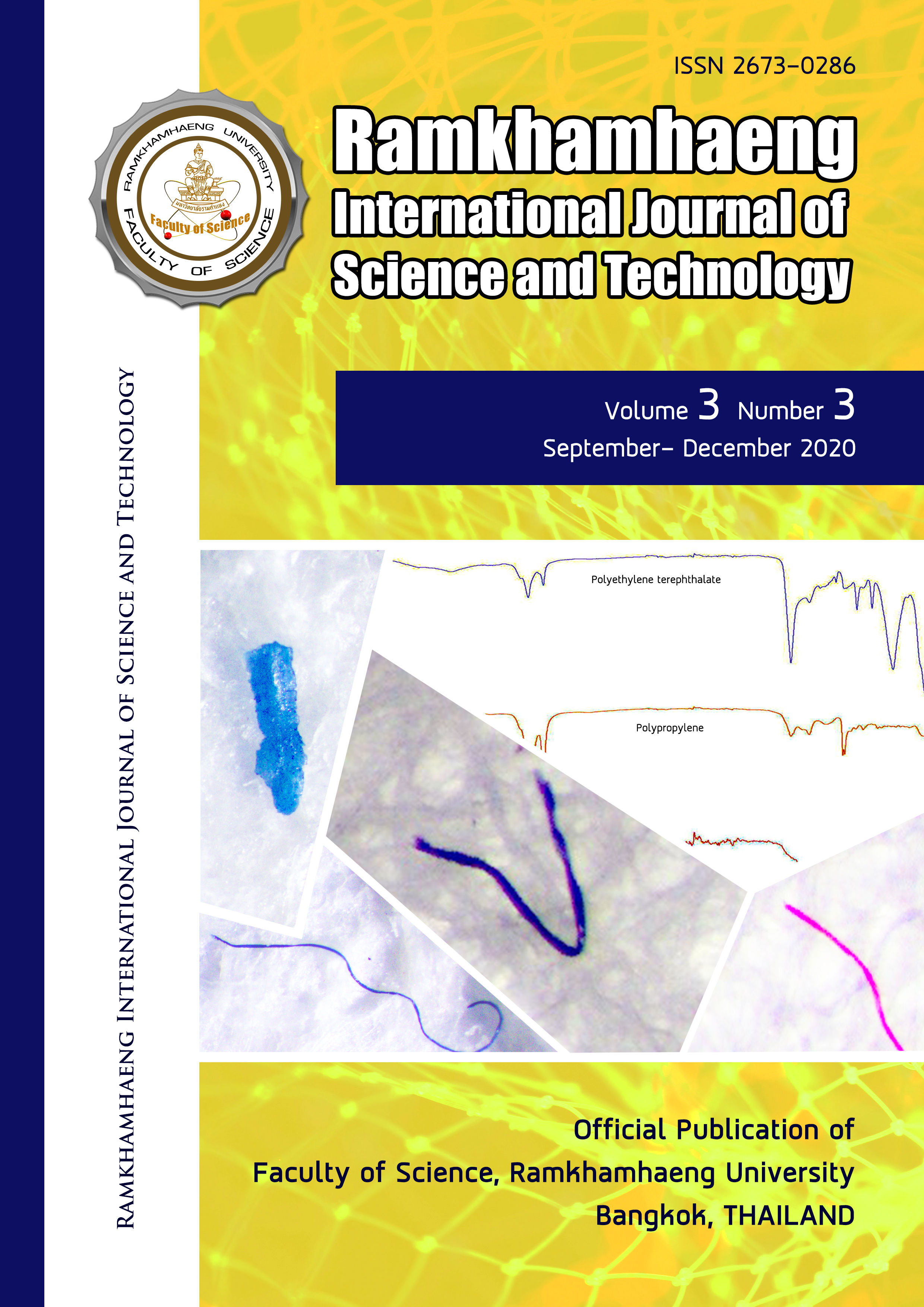Assessing potential sites for marine ecotourism in Chumphon Province, Thailand
Keywords:
Chumphon, Pinnacles, Ecotourism, Potential zones, ThailandAbstract
The process of enhancing marine ecotourism through zoning arrangement is an effective strategy for reducing pressures on major dive sites. This study had assessed the potential of marine ecotourism development at some coral reefs on non-popular islands and underwater pinnacles in Chumphon province, Thailand. Field surveys were conducted at 65 coral communities in the Mu Ko Chumphon Marine National Park. Ko Ngam Noi, Hin Lak Ngam, Ko Thalu and Hin Pae exhibited very good potential for ecotourism development, while five sites, i.e. Ko Matwai Noi, Ko Chorakhe, Hin Haeng, Hin Thong Wo and Hin Phum assessed as good potential. The ANOVA analysis of a study site grouped in seven zones showed identified significant differences between zones but not differences between non-popular islands and underwater pinnacles. This study provides an assessment methodology and identifies coral reefs in non-popular islands and underwater pinnacles that can be promoted as ecotourism sites.
References
Barbier E.B, 2017 Primer Marine Ecosystem Services. Current Biology 27: R507-R510
Fennell DA (1963) Ecotourism. Economic Impacts and Marketing of Ecotourism. Oxon. Routledge: 191-218
Flores-de la Hoya A, Godínez-Domínguez E, González-Sansón G (2018) Rapid Assessment of Coastal Underwater Spots for Their Use as Recreational Scuba Diving Sites. Ocean & Coastal Management 152: 1-13.
Heeger T, Sotto F (2000). Coral Farming: a Tool for Reef Rehabilitation and Community Ecotourism. Coral Farm Project. 94.
Jobbins G (2006). Tourism and coral-reef-based conservation: can they coexist? Coral Reef Conservation 7: 237-263.
Needham MD, Szuster BW (2011). Situational Influences on Normative Evaluations of Coastal Tourism and Recreation Management Strategies in Hawaii. Tourism Management 32(4):732-740.
Pascoe S, Doshi A, Thébaud O, Thomas CR, Schuttenberg HZ, Heron SF, Setiasih N, Tan J, True J, Wallmo K, Loper C, Calgaro E (2014). Estimating the Potential Impact of Entry Fees for Marine Parks on Dive Tourism in South East Asia. Marine Policy 47:147–152.
Ramos J, Santos M.N, Whitmarsh D, Monteiro C.C (2006). The Usefulness of The Analytic Hierarchy Process for Understanding Reef Diving Choices: A Case Study. Bull. Mar. Sci., 78 (1):213-219.
Wongthong P, Harvey N (2014). Integrated Coastal Management and Sustainable Tourism: A Case Study of The Reef-Based SCUBA Dive Industry from Thailand. Ocean & Coastal Management 95:138–146.
WTO/UNEP (1994). Guidelines: Development of National Parks and Protected Areas for Tourism. Tourism and Environment Technical Series. WTO/UNEP Joint Publication with the assistance of IUCN.
Zhang AP, Zhong LS, Xu Y, Zhou FJ (2015). Functional zoning of ecotourism areas in the first meander of the yellow river. Based on suitability analysis 35: 6838-6847.
Zulaiha Z, Badaruddin M (2014). A Review of SCUBA Diving Impacts and Implication for Coral Reefs Conservation and Tourism Management. SHS Web of Conferences 12
Downloads
Published
Issue
Section
License
Copyright Notice: a copyright on any article in the published journal is retained by the Ramkhamhaeng International Journal of Science and Technology. Readers or Users grant the right to use of the Article contained in the Content in accordance with the Creative Commons CC BY-NC-ND license and the Data contained in the Content in accordance with the Creative Commons CC BY-NC-ND.



